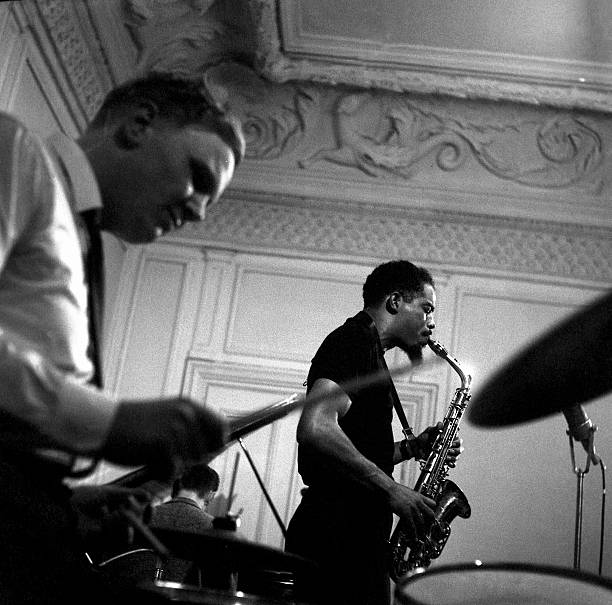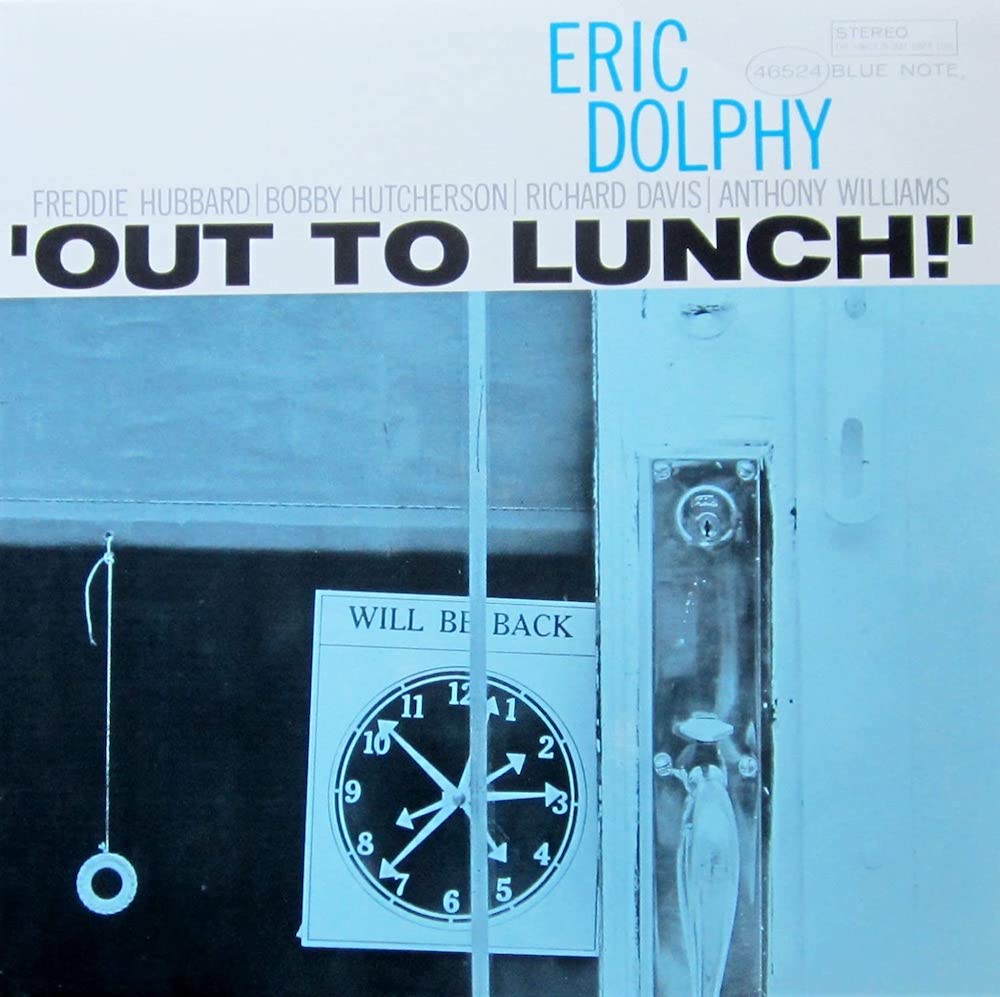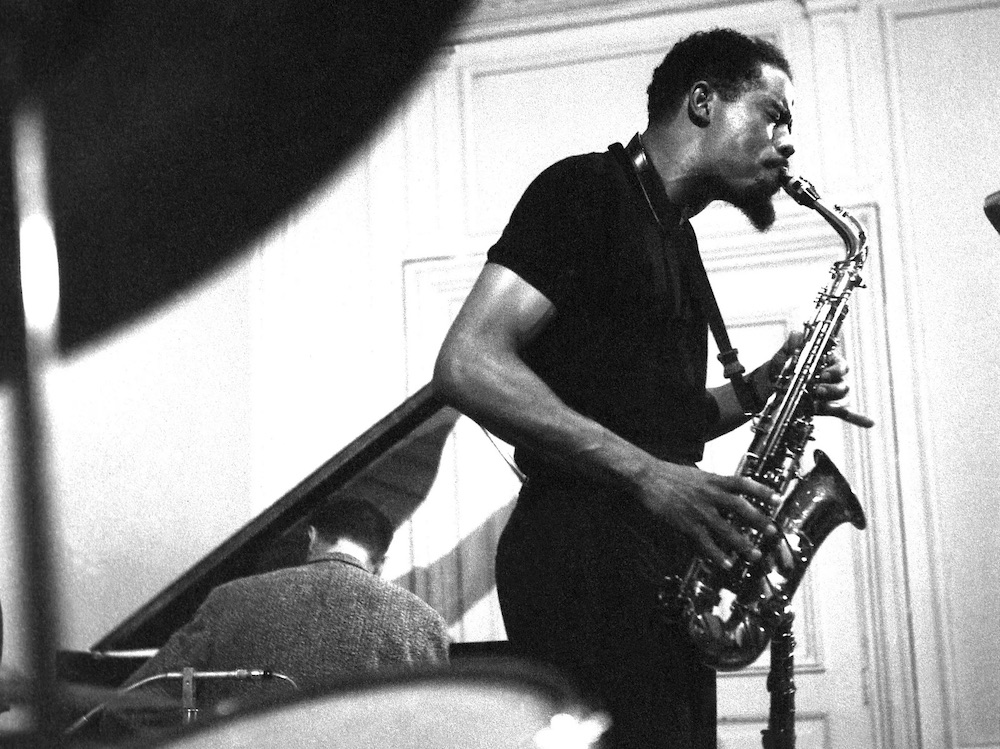ERIC DOLPHY
Backwoods Blog;
in the woods and on the road…

Tipping Point Billy Collins At home, the jazz station plays all day, so sometimes it becomes indistinct, like the sound of rain, birds in the background, the surf of traffic. But today I heard a voice announce that Eric Dolphy, 36 when he died, has now been dead for 36 years. I wonder - did anyone sense something when another Eric Dolphy lifetime was added to the span of his life, when we all took another full Dolphy step forward in time, flipped over the Eric Dolphy yardstick once again? It would have been so subtle - like the sensation you might feel as you passed through the moment at the exact center of your life or as you crossed the equator at night in a boat. I never gave it another thought, but could that have been the little shift I sensed a while ago as I walked down in the rain to get the mail?
In this poem Collins has jazz music playing in the background going about the details of his day (which I can relate to – that’s what I do too, as Linda can attest) and then he hears the DJ’s comment on the life-span of Eric Dolphy, only 36 years of length. Well, I didn’t know anything about Eric Dolphy when I first read this poem. I recognized his name and some of his music and this particular album Out to Lunch, but I knew nothing more. So after a little research here’s a short bio on the young jazzman.
Eric Dolphy was born in 1928 in Los Angeles, California where his parents had immigrated from Panama. He started taking private music lessons at age six on clarinet and alto saxophone and then adding oboe when he was in junior high. He graduated from Dorsey High School, studied music at the University of Southern California and Los Angeles City College and then enlisted in the US Army for two years where he attended the Navy School of Music. Dolphy was a prolific sideman in the 1950s getting his first big break joining the Chico Hamilton Quintet in 1958. He moved to New York City in 1960 to continue his music career and worked closely with John Coltrane, Charles Mingus and Booker Little. Dolphy was a multi-instrumentalist, known primarily for alto saxophone, flute and bass clarinet, which is very unusual for a jazz setting. Mingus once said, “Dolphy was a complete musician. He could fit anywhere. He was a fine lead alto in a big band. He could make it in a classical group. And, of course, he was entirely his own man when he soloed…. He had mastered jazz and mastered all the instruments he played. In fact, he knew more than was supposed to be possible to do on them.”
What set Dolphy apart was his innovative style. He was part of the avant-garde movement in jazz during the early sixties as his experimental creativity was unleashed on a post-bebop scene (and not always appreciated by critics or fans alike). Coltrane blamed his most adventurous jazz projects in the sixties from hanging out with Dolphy too much in the fifties. His jazz masterpiece was the 1964 “Out to Lunch” recorded at sound engineer Rudy Van Gelder’s New Jersey studio featuring Bobby Hutcherson on vibes, Richard Davis on bass and young 18 year old drummer Tony Williams who had just joined the Miles Davis quintet. Music critic Kevin Whitehead on NPR’s Fresh Air in 2014 said, “Out to Lunch was too odd to be an immediate trendsetter, but in time you could hear its long influence…Out to Lunch is free and focused, dissonant and catchy, wide open and swinging all at once. Fifty years on, there’s still plenty to be inspired by.”
Throughout his short career he had difficulty gaining steady work due to his unique and advanced style. After recording Out to Lunch he joined Charles Mingus and his band for a tour in Europe. Before a concert in Oslo he told Mingus that he intended to stay in Europe because “I can get more work there playing my own music, and because if you try to do anything different in this country, people put you down for it.” After the tour Dolphy planned to settle in Europe with his fiancée Joyce Mordecai, who was a ballet dancer in Paris. In June 1964 while playing a gig in Berlin Dolphy took ill and tragically died of an undiagnosed diabetes condition at the age of 36.
Fortunately there are plenty of live Eric Dolphy performances captured on YouTube. Two of my favorites are Dolphy with the John Coltrane Quartet playing “Impressions” in 1961 (6:57) and Dolphy with the Charles Mingus Sextet playing “Peggy’s Blue Sky Light” in Belgium in 1964 (5:48). Note the closeup of Dolphy mouthing a jazz-line during Jaki Byard’s keyboard solo at the (3:34) mark. There’s also a great interview of Eric Dolphy by Michiel de Ruyter after a show on April 10th, 1964 just two months before his untimely death. Check a couple of these out when you get a chance.
“Music is like the wind. You don’t know where it comes from and you don’t know where it went. But, once you hit that note, it’s all over with. So don’t put on some earphones and start trying to analyze everything that you play cause it’s all over with. It’s gone.” – Eric Dolphy
In the woods with jazz playing,
Dave
May 19, 2022


